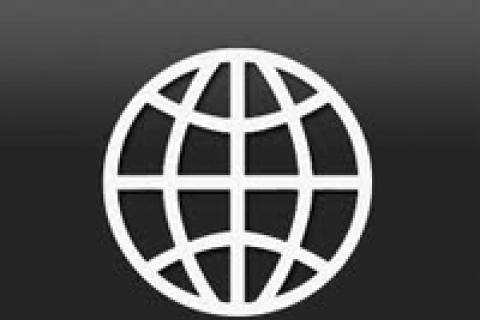Maybe it's something in the water in Geneva that causes temporary memory loss. Or maybe it's the coffee. Whatever, the participants at the fourth meeting of the United Nations Forum on Forests (UNFF-4) held in Geneva in May seemed to be suffering from a form of collective amnesia.
Other information
ENGLAND, UK, APRIL 19TH, 2004.
Today, over fifty environmental and social justice NGOs and other groups sent a letter of protest to the World Bank calling for the closure of its new emissions trading fund, The Prototype Carbon Fund.
Among practices that are emerging in the conservation of Kenya’s forests is the participation of communities in forest management. Although the communities are at the moment being involved at a minimal level, many communities living next to forests now want to make decisions and benefit from sustainable use and management of forests.
This desire for participation has been fueled by provisions of the soon to be enacted Forest Bill that will replace the current Forest Act, as well as the work of non-governmental organizations such as the Kenya Forests Working Group (KFWG).
Forests and woodlands cover about 24% (or 5 million hectares) of the total land area of Uganda, of which 80% is woodland, 19% moist high forest and 1% commercial plantations. Approximately 30% of such forests and woodlands are gazetted mainly as protection forests directly under various forms of government jurisdiction. The 70% outside the gazetted forest domain exist under various forms of private and customary control.
At the end of a National Conference on Community Ownership of Forests (April 2-4, 2004), organised by Jharkhand Save the Forest Movement, National Forum of Forest People and Forest Workers, and Delhi Forum, held in Chalkhad, a forest village in the Indigenous Peoples majority State of Jharkhand in eastern India, around two hundred indigenous Munda (a central Indian indigenous ethnic group) representatives resolved in unison to “Oppose World Bank: And Save Forests”.
Indigenous communities have been practicing sustainable community-based ecosystem management for centuries. These systems incorporate local knowledge and beliefs that are based on the wisdom and experience of past generations. They also contribute to the economic well being of local communities, as well as to the well being of the Indonesian nation.
Over the past few years, private conservation has covered close to a million hectares in the South of Chile, surpassing the forest areas under regulated community land tenure, and making it comparable to the previous expansion of pine and eucalyptus plantation companies, today exceeding 2 million hectares.
The Uitoto peoples in the Araracuara region, in the mid course of the Caqueta River show some common socio-cultural characteristics, among which a production system based on the sustainable use of three spaces: the forest, the river and the “chagra” (a clearing in the forest used for poli-culture plantation).
The United Nations Framework Convention on Climate Change (UNFCCC) has been in force since 21 March 1994. For a decade, international climate change negotiators have filled meeting rooms with hot air. Meanwhile, greenhouse gas emissions have increased by 11 per cent, according to World Resources Institute.
Yet when more than 5,000 participants descended on Milan for the ninth Conference of the Parties to the UNFCCC (COP-9) in December 2003, reducing greenhouse gas emissions was not on the agenda.
Women around the world suffer greatly. They suffer from all kinds of situations such as wars and sexual discriminations by men. Children suffer as a consequent of their sufferings. In many cultures, men look upon women as inferior and as such they are forced to do all the heavy and hard work.
Ninety percent or 4.5 million Papua New Guineans depend on the forests for their livelihoods and have done so for hundreds and even thousands of years. The forests provide food, building materials, medicine and a source of culture and spirituality for the people.
This article highlights the vulnerability of dam-affected peoples -especially women- being displaced from their homes and lands, and relocated elsewhere. Due to the need to clear forests and divert the river, dams can effectively deprive those in the way of dams of rights to their traditional resources. It highlights some dam-related issues which are apparently shared the world over. But first some examples of on-going and completed dam projects in Malaysia, to show the price tag for 'development':
The gypsy people say that when their women are standing on street-corners, offering themselves and when their old people die alone in old-peoples’ homes, the gypsy people will no longer be a people. The women in these oil zones have been cast to the street corners, punished with violence and are literally submerged in contamination.
The Sarayacu community in Ecuador would have been subdued by the oil companies long ago, if it had not been for their women. Victims and protagonists of resistance to oil, that is what the women are.

